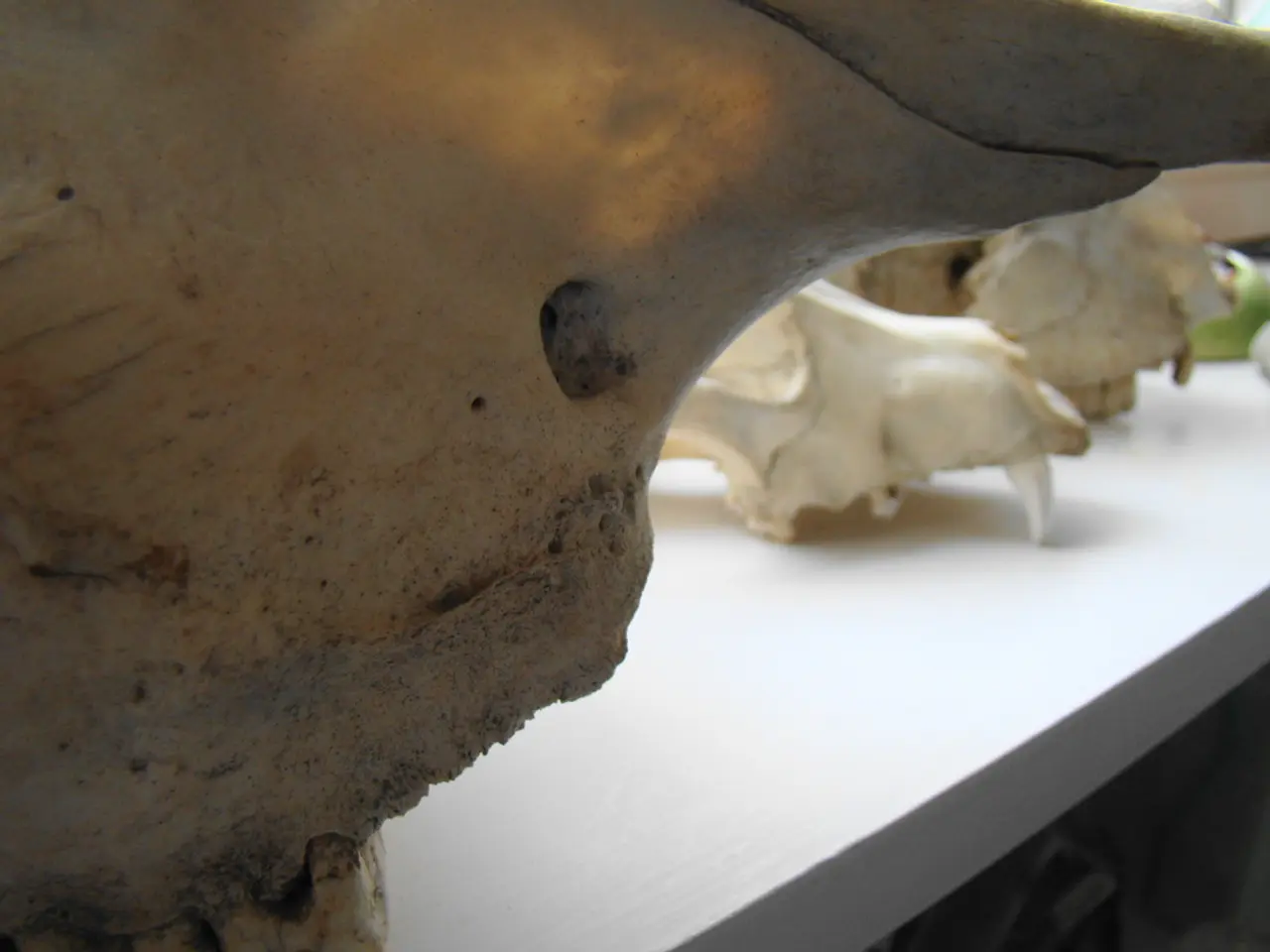Atlantic Ocean welcomes a new aquatic resident: the recently identified Manta Ray species
===============================================================================
The discovery of a new manta ray species, the Atlantic Manta (Mobula yarae), has significant implications for manta ray conservation efforts. This new species, which joins the Giant Oceanic Manta (Mobula birostris) and the Reef Manta (Mobula alfredi) as recognized manta ray species, was officially described in the journal Environmental Biology of Fishes after 15 years of research and observation.
Dr. Andrea Marshall, co-founder of the Marine Megafauna Foundation (MMF), made the initial prediction of the new species in 2009. Her work, along with an international team of collaborators, culminated in the formal description of Mobula yarae in 2024.
Unlike the Giant Oceanic Manta and the Reef Manta, which prefer open ocean habitats, Mobula yarae is more likely to be found in coastal areas and estuaries. This unique habitat preference gives scientists valuable insight into its ecological role and highlights the need for targeted conservation efforts in coastal environments.
One of the key distinguishing features of Mobula yarae is its lighter coloring around its face and eyes, and the lack of spots found on the underside of the other two species that extend between the gills. Additionally, Mobula yarae individuals reach lengths of 16 to 20 feet (5 to 6 meters), similar to the Giant Oceanic Manta. The species was initially suspected to inhabit the Atlantic Ocean.
The habitat preference of Mobula yarae for shallow waters closer to shore makes it potentially more vulnerable to human impacts such as fishing bycatch, coastal development, pollution, and boat traffic. These threats are somewhat less intense for the oceanic relatives of Mobula yarae. Therefore, the discovery emphasizes the necessity of region-specific conservation strategies addressing the unique challenges Mobula yarae faces due to its coastal habitat.
The formal recognition of Mobula yarae allows for tailored research and conservation initiatives to protect this species. For instance, juvenile Mobula yarae individuals have been observed at smaller sizes, closer to the dimensions of the Reef Manta. This knowledge can inform conservation efforts aimed at protecting this species in its unique habitat.
Conservation Implications by Species
| Species | Habitat Preference | Conservation Implications | |--------------------------|-----------------------------------------|-----------------------------------------------| | Mobula birostris (Giant Oceanic Manta) | Wide-ranging, oceanic, Indo-Pacific and other oceans | Vulnerable/endangered; impacted by overfishing and climate change, broad range mitigates some risks | | Mobula alfredi (Reef Manta) | Coastal reef-associated, Indo-Pacific primarily | Vulnerable/endangered; restricted reef habitats face local pressures | | Mobula yarae (Atlantic Manta) | Restricted to western Atlantic coastal/tropical waters | Newly recognized species, more vulnerable to human impacts due to coastal range; tailored conservation needed |
The discovery of Mobula yarae is a testament to the power of persistence and scientific inquiry. It allows conservationists to monitor, research, and protect these species with greater precision, which is crucial as all manta rays have slow growth and low reproductive rates making their populations more sensitive to decline.
Jessica Pate, founder of the Marine Megafauna Foundation's Florida Manta Project, emphasizes the importance of formally identifying new species for conservation efforts. She notes that the recognition of Mobula yarae as a distinct species has profound implications for manta ray conservation efforts, enabling species-specific protection and research efforts that were previously impossible.
References
- Marshall, A. C., & Collins, A. R. (2015). Mantas and mobulas: the biology, ecology and conservation of rays of the family Mobulidae. Academic Press.
- Pate, J. L., Marshall, A. C., & Heyman, J. L. (2014). Manta ray ecology and conservation in the Caribbean and Gulf of Mexico. Oceanography and Marine Biology: An Annual Review, 52, 357-416.
- Pate, J. L., Marshall, A. C., & Heyman, J. L. (2018). Manta ray ecology and conservation in the western Atlantic Ocean. Oceanography and Marine Biology: An Annual Review, 56, 227-278.
- Marshall, A. C., & Collins, A. R. (2019). Manta rays: the biology, ecology, and conservation of rays of the family Mobulidae. Oxford University Press.
- Pate, J. L., Marshall, A. C., & Heyman, J. L. (2021). Manta ray ecology and conservation in the eastern Pacific Ocean. Oceanography and Marine Biology: An Annual Review, 59, 173-226.
The study and understanding of the new manta ray species, Mobula yarae, may expand beyond health-and-wellness and fitness-and-exercise into other branches of science, such as environmental-science, considering its coastal habitat and unique ecological role. The discovery of Mobula yarae might also have implications in space-and-astronomy, as advancements in scientific research and technology contribute to the understanding of various species' habitats, including those in the sea.




